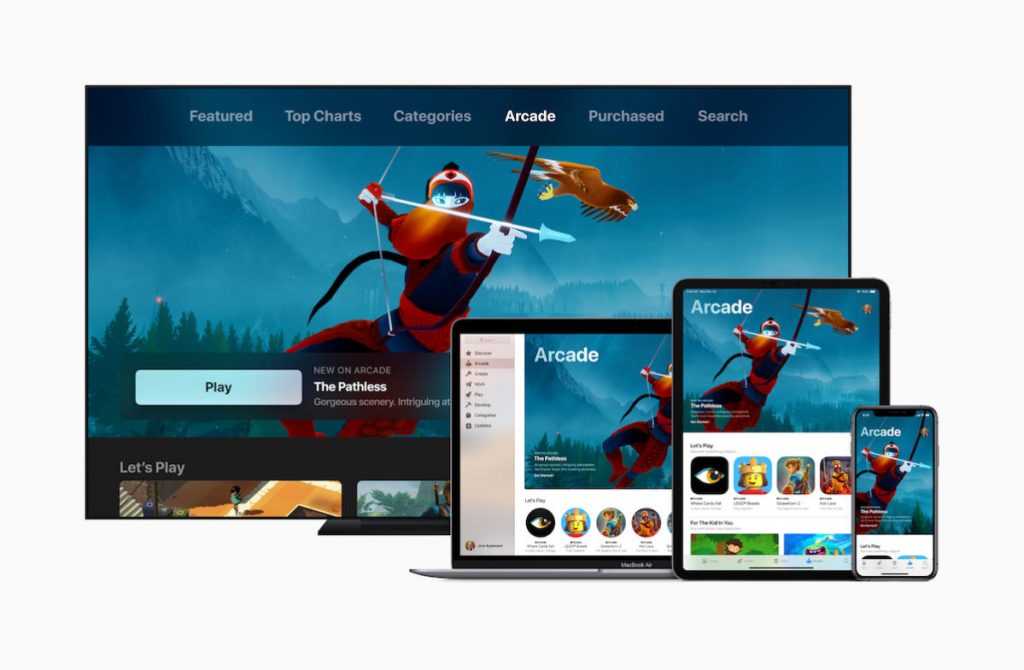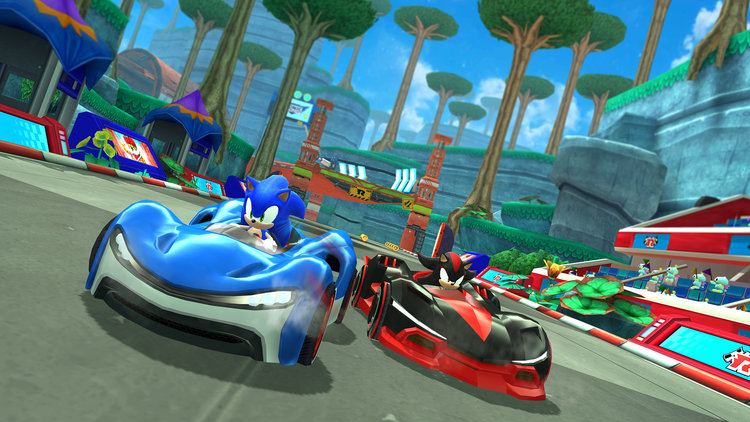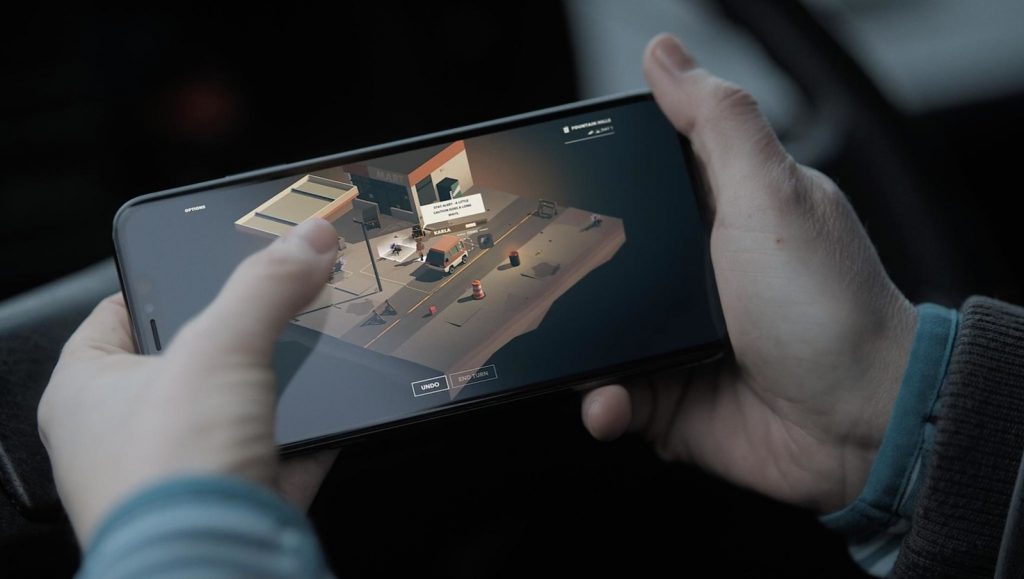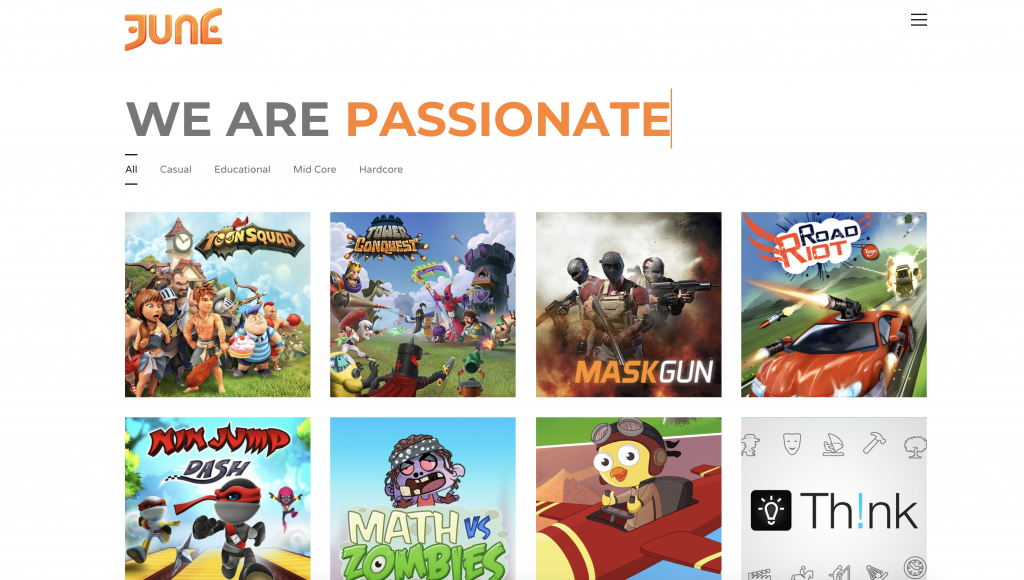Remember Angry Birds? Doodle Jump? Temple Run? Around this time, after the App Store launched in 2008, the iPhones suddenly became the biggest portable gaming device in the world. Bigger than gaming giant Nintendo. This changed the world of games forever. Realising the scale of mobile gaming and its potential, so many easy to play mobile games hit millions of downloads making millions of dollars for tons of indie game developers. Even if the movement started more than 10 years ago, Apple occupies a highly important place making major strides in hardware, software and most importantly, the ecosystem. While we talk a lot about what Apple does in Hardware and Software, the most important sustaining role is played by the ecosystem players, to get to know the people behind these hit games paints the big picture. What kind of a role has Apple played in nurturing this ecosystem and why do these developers still prefer the App Store? Let’s find out.
First and foremost, let’s talk about console quality gaming on phones. Yes, this is not a marketing slogan anymore, literally you can find games that are as rich as console games and there is a very important reason why it is called “console” quality and not “PC” quality”.
The CPU and the GPU on the latest A12 Bionic devices like the iPhone XS, XR and the even more powerful iPads with the A12X processor can easily maintain 60 fps in games, but to make it even better, the Pro Motion displays that do 120 Hz lets developers tap into the super high refresh rate and provide the smoothest gaming experience. Then there is the amazing 120 Hz touch response time as well, which, enabled even on 60 Hz displays, ensures there is not a lag when you are playing highly intensive games.
Now, the reason why gaming on Apple devices is called “Console” quality is primarily because of the software. Near direct access to the graphics hardware inside these devices enables the developers to eke out every single drop of performance juice from the CPU, GPU and RAM. This is exactly how consoles work. If you try some newer games which have a lot of textures and shaders, the performance you see on Apple devices is unmatched by any other device precisely because of “Metal”. You can read more about the Metal APIs here.
Beyond this, we have new technologies entering the scene of gaming like Augmented reality, which offers a next level shared experience with multiple devices sharing a game in the physical space. I got a glimpse at the Angry Birds AR experience, which gave me the realisation that the future of board games and may other kinds of shared gaming experiences are going to have a place in Apple’s world of games. Ok, now let’s talk about the most part of this ecosystem.
The first India game developer I met was Xigma games, the developers of Survival strategy game “The Bonfire: Forsaken lands” and previous hit games like Super Nano jumpers and Rubek. “The Bonfire” is the most successful “Premium” game of the app developer duo who have completely invested into the Apple ecosystem to develop their games “they like to play”. The main reason according to Himanshu is the fact that the App Store is the only place where a company run by just two individuals can make enough money to sustain and improve their close-to-the-heart offerings with their biggest market being the USA. It also helps that there are many Game development competitions where indie developers can use their award money to further develop their games and hire resources to make the experience they offer even better. Most importantly, indie developers get their most exposure not though fancy marketing but through word of mouth, boosted by Apple’s curated list of apps that are updated everyday in the App Store as the “Featured” section.
The second developer I met was Ravi from June gaming who started off by telling me that their company makes a ton of games. Immediately I came to know that the team is 38 strong and his company makes millions of dollars from selling games on the App Store. Starting out as an education game developer, Ravi says, once his kids started growing up, he wanted to continue making the games his kids played. One of their biggest titles is, you’d be surprised, Motu Patlu and one of their most viral games is Mask Gun, which is a Counter Strike meets Fortnite style game, which has helped them gain a huge audience just through word of mouth. With an in-house IP in the form of a cross platform gaming engine, the fact that a Pune based company makes millions of dollars from the App Store should say a lot of things about how Apple’s discover algorithms have made an impact on identifying what gamers all over the world want to play. Here’s a link in case you are interested in knowing more about the developer.
Finally, Jambav games, a subsidiary of Zoho showed me a really interesting game called “Rush ARound”, which uses the power of augmented reality to get you out of your seat. Played entirely through the camera, the goal is to collect “numbers” which are digitally projected on to the real world by criss-cross movement in a circle. The developers were keen to note that since this is entirely new technology, they had to get in touch with Apple to enhance their app to work in different conditions like indoor spaces, since the scale of these spaces is different. “Apple Accelerator” is a program based in Bangalore where developers can access resources from Apple, like their own developers who will give suggestions on interface design, app frameworks, Swift programming and more.
Right from supporting App developers through support systems like Apple accelerator to using “Featured” sections of the App Store to promote indie developers to tweaking the discovery sections, Apple is ahead of the game in many aspects, notwithstanding the advancements in hardware and software. With Arcade subscriptions on the way, solid ecosystem support is going to only make more people prefer the App Store than any competing stores. Anyways, what is your experience with gaming on your Apple devices so far? Have you felt the difference the above efforts make? Sound off in the comments section below, let’s have a discussion.








